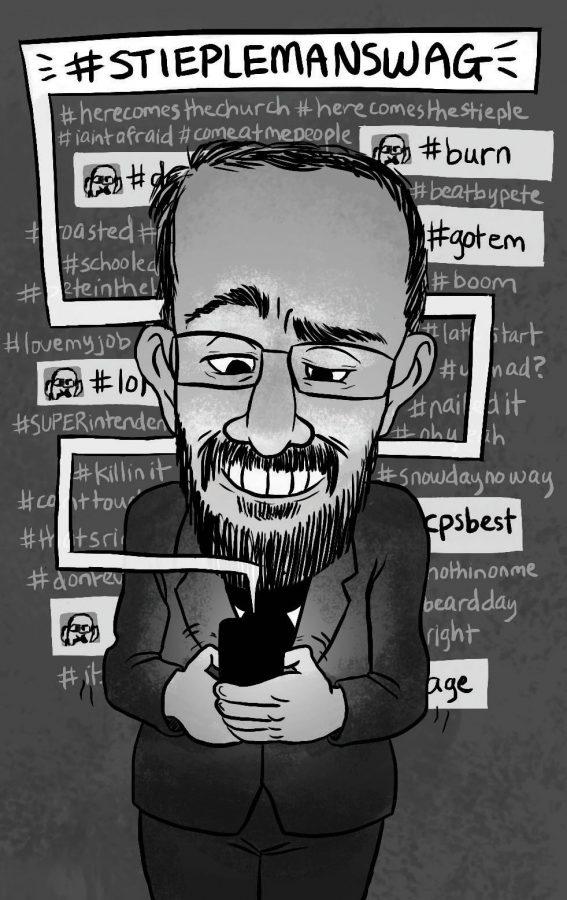In government, no one questions the reason for separation of church and state. This separation should also exist between educators and students in Columbia Public Schools.
Too often teachers give out their personal Twitter handles; our superintendent even brought donuts to a student when she got 100 retweets on a tweet she had mentioned him in.
Should teachers, administrators and superintendents friend, tweet at or Snapchat with students? No.
Professionals in education must embrace this barrier between appropriate and inappropriate communication. Evolving technology, and the fact that some CPS educators do not respect this boundary, hinders the enhancement of the district.
Fifteen percent of K-12 teachers use a form of social networking for work purposes, according to an article on adweek.com, a blog network that covers the media industry. Communication between educator and student across social media may start out as just that: communication. But too often it can go too far.
Just this month, a 25-year-old student teacher, Kourtnie A. Sanchez, was charged with unlawful sexual relations, promoting obscenity to a minor and solicitation of unlawful sexual relations with students ages 15-17 after Snapchat complaints.
Similarly enough, last month the Texas Education Agency announced it had begun investigations into 74 teacher-student relationships between the time of Sept. 1, 2014 and Feb. 28, 2015.
These investigations, according to mysanantonio.com, were a part of a 27 percent increase during the past three school years in cases of teacher-student relationships. These statistics show that with the changing world of technology there is a blurring of productive and unproductive social media use.
Last year, more than one in 10 teachers accused of misconduct used a form of social media to mold inappropriate relationships with their students, theguardian.com reported.
CPS faculty don’t exhibit sexual, inappropriate relationships, but the use of social media isn’t always educational. CPS Superintendent Dr. Peter Stiepleman uses Twitter daily. He keeps students informed about school cancellations or late starts and retweets inspirational teacher quotes, but sometimes his Twitter use can be misdirected from its purpose.
When a student sent a tweet to him asking how cold it was outside, he tweeted, “Sam! You don’t sleep at all! It’s not too bad. I’ve got my hands in my pockets and a sweater over my dress shirt. Yes, it’s cold.”
Because a late start wasn’t called in February, a student tweeted Dr. Stiepleman a photo of a movie character flipping the bird with the caption “Every student in Columbia right now.” Dr. Stiepleman sent a reply saying “…my own middle schooler [feels that way], I’m sure. He knows better to just think it.”
Tweets such as these are most likely meant to connect better with students, but it’s become a distraction and isn’t an effective use of social media.
When educators such as Dr. Stiepleman give students the power to provoke them, then social media isn’t being used in a productive way.
Teachers, administrators and superintendents should use the influence of social media to inform and educate when involving students. Social media can be a great form of communication, but when personal Twitter handles are being used and educators and students are tweeting at each other, it’s improper.
Although there is no indication that any CPS employee has had any inappropiate communication through social media, it only takes one tweet, one direct message or one photo to become a headline in tomorrow’s newspaper.
CPS must set limits before the line is too far blurred. As a public figure and role model, Dr. Stiepleman needs to be the example that shows what educator social media etiquette should be.
Social media outlets that are managed by educators should be used as a way to provide information, not to reply to immature students who are just looking for attention.
Teenagers waste enough time on social media; let’s not have adults doing it, too.
By Renata Williams
What do you think? Should teachers or administrators interact with students over social media? Leave your thoughts in the comments below!
art by Maddy Mueller














































































